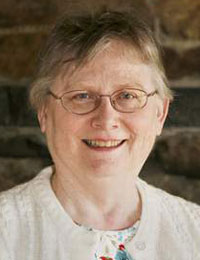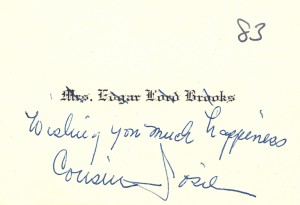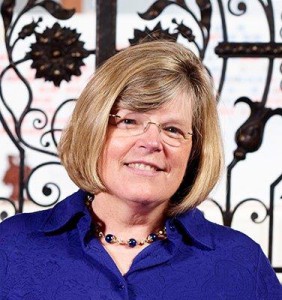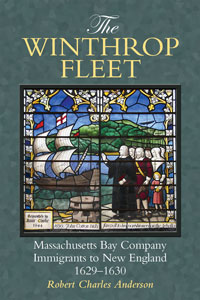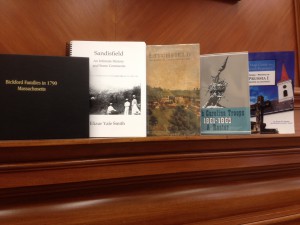
William Boucher Jr. had children born over a period of forty years (1847–1887); his grandchildren were born between 1877 and 1925. Boucher’s great-grandchildren span more than a half century: the first was born in 1911 and the last, so far as I can tell, in 1965. I am a great-great-grandchild, born in the 1960s, and I think it quite likely that a few more of us will be born later in the 2010s. This generation will span something like seventy years.
